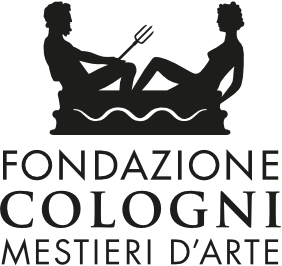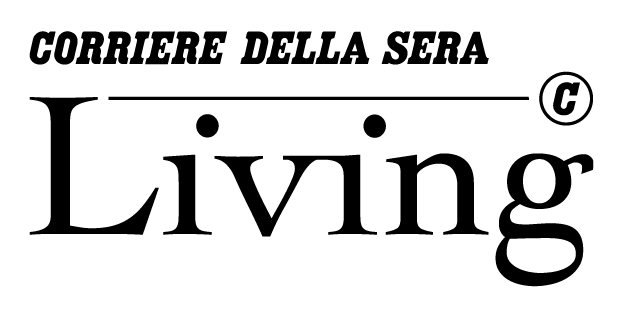Interpreting our time
According to Victor Hugo’s classic work Les Miserables, authentic progress can be achieved only through a daring attitude. To dare means sometimes to challenge the system, to propose a new way of thinking and to see how people react; and that is exactly what we have decided to do with this third edition of “Doppia Firma”.
The new way of thinking is about traditional, territorial-based artisanal skills and is reflected in the ideas of the thirteen international designers we have chosen. The daring attitude is embodied in the thirteen ateliers which have been selected, and which have accepted the challenge of translating a strong concept into a brand new object. While respecting their original roots and the spirit of their territory, the artisans have achieved that distinguishing trait that indicates how each of these objects, made specifically for this project, comes from an energetic, healthy exchange of perspectives.
The mot juste to describe this new edition of Doppia Firma would be “poetry”: through the nuanced discernment of the relationship between design and craftsmanship, between ideas and places, this collection is diverse and rich in shapes, materials, and meanings.
At the same time, it is consistent in its language, springing from the common origin of all the artisans – from “Greater Venice”, those ancient territories of the Serenissima Republic where for centuries the best artisanal activities have flourished.
This collection reveals a combination of craftsmanship, research, innovation, and amusement, imbued with a cultivated sense of color. All of the 13 pieces have been crafted in Venice or in the Veneto Region by skillful artisans, who faced the challenge of creating entirely new shapes, and with new processes. The systematic work that has been done to channel emotions, meaning and surprise into these pieces, designed with care and crafted with love and competence, touches the heart of the viewers because it is different, multi-faceted and, in a word, replete with humanity. Pulitzer-prize winner Robert L. Friedman wrote that “average is over”, and this edition of Doppia Firma is certainly well in line with this vision.
This collection will also be displayed in September in Venice, at the Giorgio Cini Foundation, on the occasion of “Homo Faber, Crafting a more human future”, (www.homofaberevent.com). The choice of working with Venice-based ateliers was guided by this opportunity, and is a tribute to the territory that will host Homo Faber which is an international showcase dedicated to excellent European craftsmanship and creativity. It is an opportunity we have seized with enthusiasm because it will be a unique, extraordinary moment to show how inventiveness and talent, wisely combined, can contribute to the future of good design. Design is not about objects; it’s about people. It’s about how we dream, how we hope, how we love to be. And Doppia Firma points to how we’d always love to be: more human.


